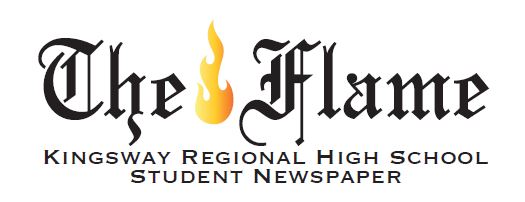Random drug testing policy underway
Random drug testing is now a requirement for students in activities that are deemed school privileges. The school’s goal is to protect students from harmful substances. Parents of students who wish to drive to school and of all those in sports or extracurricular activities are asked to sign a consent form that gives the school permission to test and lists the drugs for which the student may be tested. The list includes amphetamines, ecstasy, cocaine metabolites, marijuana metabolite, opiates, PCP, barbiturates, benzodiazepines, methadone, propoxyphene, oxycodone, oxymorphone, and alcohol.
School administrators and Principal Craig Stephenson set up the random drug tests this year. Stephenson said, “The random drug testing policy is designed to identify students who are at risk and in need of supports. The random drug tests were not implemented without ensuring that new supports for students who test positive were in place. I can’t emphasize enough that the random drug testing policy is not about punishing students who test positive; instead, it is about getting them help and steering them back toward making healthy life choices. As a school, we have a responsibility to take an active role in protecting our students.” The tests are completely random and the names are selected from an outside agency.
The students that get pulled are collected from class and escorted to the nurse’s office where the new Student Assistance Coordinator (SAC) Fallon Milligan is waiting for them. Stephenson said, “She is trained to support students suffering from an addiction and to assist in connecting students and families to supports available in the community. She is also trained to support students for a variety of non-drug related challenges. Once the student gets to the office, the student is asked to urinate in a cup that gets sent away to get tested. The school uses a lab based urine testing program. They use this to screen and for confirmation. The school can use an EGT test which tests thoroughly for alcohol. “All testing is completed at SAMHSA certified laboratories with nonnegative confirmed by GC/MS or LC/MS.” said Milligan.
She further noted, “If a student tests positive, their parents/guardians will be contacted the day we receive the results. They will have to come in to have a meeting with our Superintendent, Dr. Lavender, and myself. An official letter will be sent home, for both positive and negative results, from Dr. Lavender’s office” A student who fails loses his or her privileges (for a specific amount of time) such as not being able to drive to school, or not being able to take part in activities. It is also important to note that this program is meant to provide support to students that test positive. It is not just about taking away their privileges but they are also required to have meetings with Milligan in an effort to provide students with supports they may need.
“No one gets academically penalized like suspension, or expulsion as long as the students do not have the substances in school,” Milligan said. The administration is trying to help the students as much as they can, and in their opinion taking them out of school is not a way to help. Though the number of students testing positive is “extremely low”, Stephenson believes that “no matter how much money the tests costs, if we can save even one life, it is all well worth it.”
Sara Metheny, a sophomore, got pulled for the test twice. “Mr. Mercado came to get me from class both times. He walked me down to the nurse and Mrs. Milligan was waiting for me. I took the test and went back to class. I passed both which is good” she said. She believes that the tests would help if they tested students that actually need them, not just random people. “Some students already have their privileges taken away already, and they are probably the students that need the help.”

